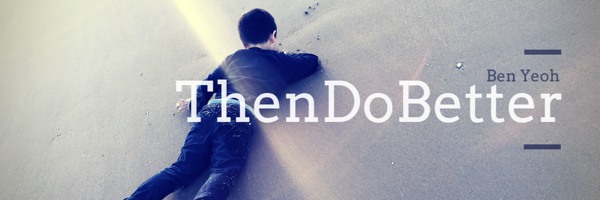I was explain how Save the Cat worked to a friend and thought I’d outline it in more details (with GPT) and summaries it here.
Save the Cat! by Blake Snyder is a cheeky, brutally pragmatic breakdown of Hollywood storytelling.
1. The Core Philosophy
Snyder’s thesis is simple:
“Audiences love heroes who do something selfless early on — they save the cat.”
That small, human act earns audience empathy.
The rest of the book expands that logic into a system: structure, genre, theme, and tone must all serve audience connection. Snyder’s genius was to codify that connection into an easy-to-follow, relentlessly commercial structure.
2. The “Save the Cat” Beat Sheet
This is the skeleton for nearly every Hollywood movie Snyder reverse-engineered. Each “beat” roughly corresponds to a page count (assuming a 110-page screenplay).
Opening Image – The first impression of tone, world, and protagonist before transformation.
Theme Stated – Someone hints at the story’s moral or central question, often in dialogue.
Set-Up – Introduce key characters, show what’s missing in the hero’s life, and establish stakes.
Catalyst – The inciting incident: something disruptive happens that kicks the story into motion.
Debate – The hero resists the call, doubts themselves, and weighs options.
Break into Two – The decision point where the hero commits to the journey and enters a new world.
B Story – A relationship subplot, often romantic or emotional, that carries the theme.
Fun and Games – The “promise of the premise”; the central gimmick or joy of the story.
Midpoint – A false victory or false defeat; the stakes sharpen, often with a twist or revelation.
Bad Guys Close In – Internal and external pressures rise; allies fall away; antagonistic forces strengthen.
All Is Lost – A moment of seeming death or total failure — mentor dies, plan collapses, love lost.
Dark Night of the Soul – The emotional low; the hero confronts despair and the deeper meaning of their struggle.
Break into Three – A new idea or insight emerges from uniting the A-story and B-story; the hero regains purpose.
Finale – The protagonist applies what they’ve learned, overcomes old flaws, and resolves the main conflict.
Final Image – A mirror of the opening, showing transformation and emotional closure.
3. The “10 Genres” (Snyder’s Story DNA)
Snyder hated traditional genres like “rom-com” or “thriller.” He created story function genres instead — types of emotional engines:
Monster in the House – Evil + sin + confinement (e.g. Jaws, Alien).
Golden Fleece – A journey or quest story (The Wizard of Oz, O Brother, Where Art Thou?).
Out of the Bottle – Magic wish or transformation (Liar Liar, Shrek).
Dude with a Problem – An ordinary person vs. extraordinary circumstance (Die Hard, 127 Hours).
Rites of Passage – Life transitions: age, death, divorce (American Beauty).
Buddy Love – Relationship as central conflict (When Harry Met Sally, Toy Story).
Whydunit – Character-driven mystery (Chinatown, Gone Girl).
The Fool Triumphant – Underdog wins by being authentically themselves (Forrest Gump).
Institutionalized – Individual vs. system/group (MASH*, The Devil Wears Prada).
Superhero – One extraordinary person in an ordinary world (Spider-Man, Erin Brockovich).
Each genre has required “ingredients” and emotional arcs.
For example, Monster in the House always involves:
A confined space
A monster
A sin or transgression that “invited” the monster
4. Key Structural Rules & Mantras
“Give me the same thing… only different.”
Audiences want fresh spins on familiar setups — not pure novelty.“Double mumbo jumbo.”
Don’t introduce two different fantastical premises. Stick to one “magical” conceit.“The Pope in the Pool.”
Hide exposition in an engaging scene (Pope swimming laps while revealing plot).“The Covenant of the Arc.”
Your hero must change. Endings must show emotional evolution, not just victory.“Watch out for the Deadly Logline.”
Your movie’s one-sentence pitch should express irony and hook emotion immediately.
5. Why It Works (and Why Purists Hate It)
Why it works:
It codifies what audiences unconsciously expect.
It’s short, funny, and usable tomorrow.
It creates rhythm: change every 10–15 pages keeps attention.
Why critics groan:
It can breed formulaic storytelling.
It’s obsessed with commercial beats rather than aesthetic or psychological nuance.
It prioritises structure over voice.
But used intelligently — as a skeleton, not a straitjacket — it’s an immensely effective framework for both screen and game narrative.
